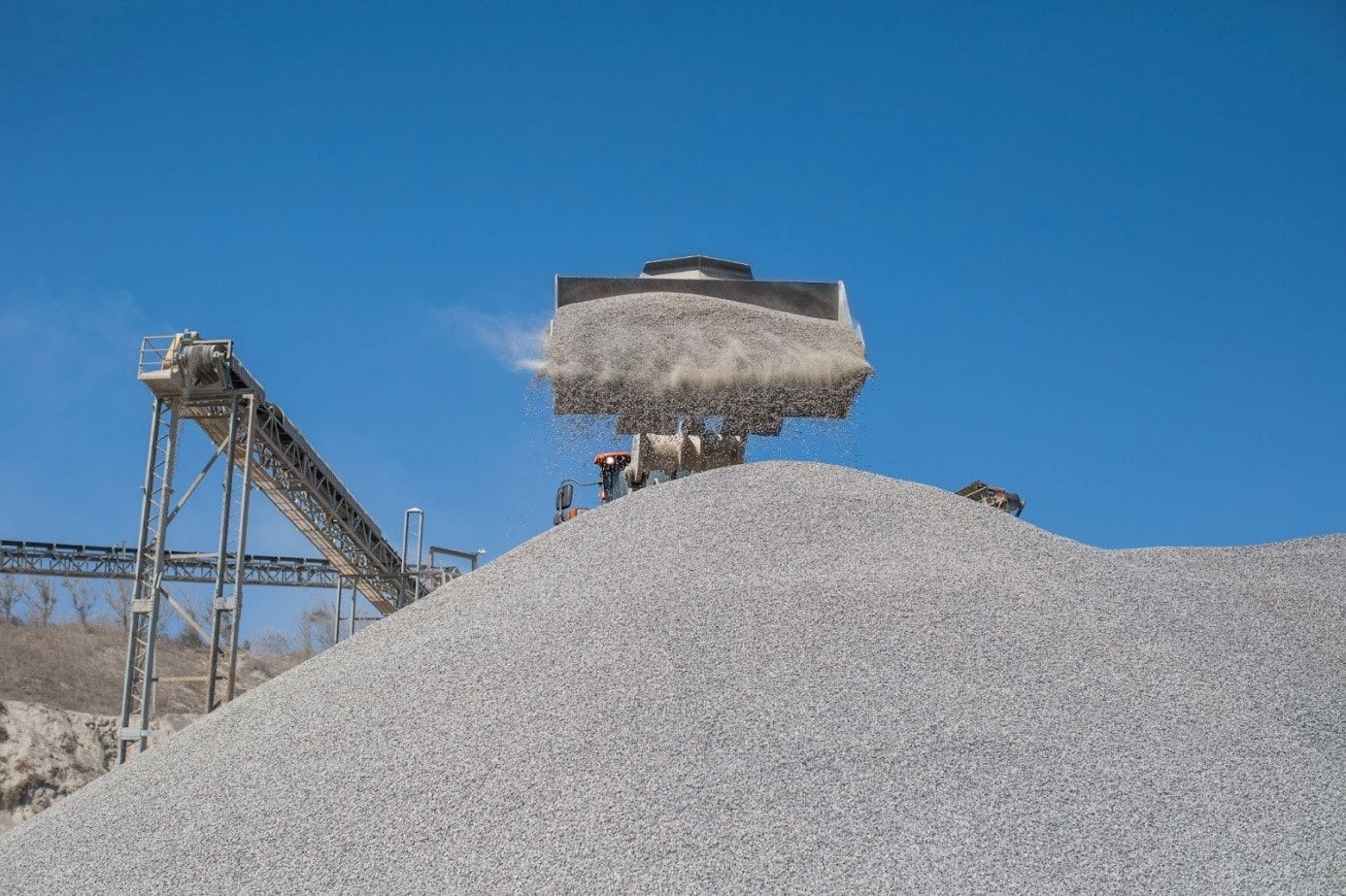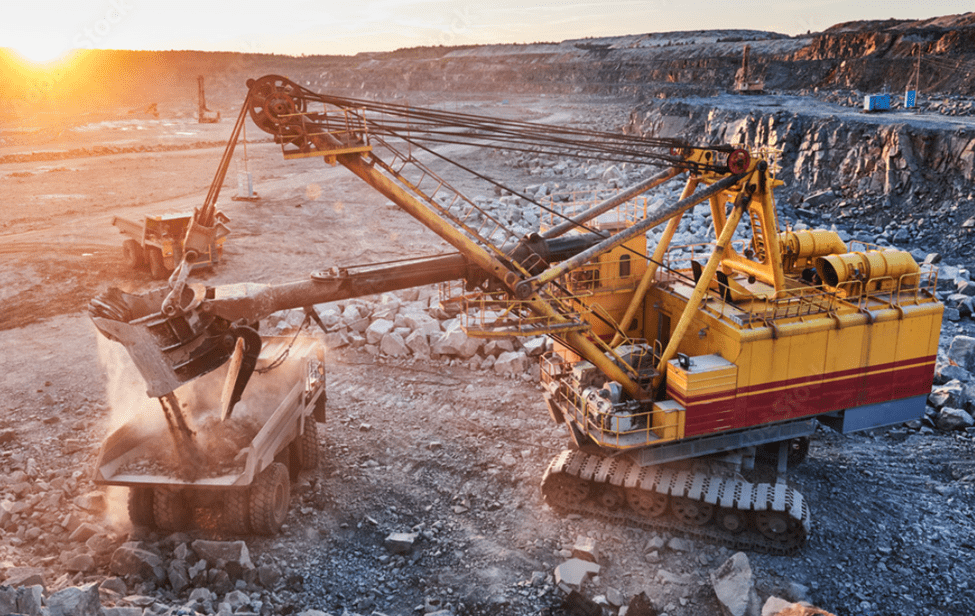In the dynamic realm of mining, construction, and forestry, dust control is a paramount concern for both operational efficiency and environmental sustainability. Airborne dust, a byproduct of various mining activities, poses significant challenges to air quality, worker health, and overall environmental impact. This article delves into the innovative dust control measures and the best practices for front loading points in open-pit mines.
Understanding the Challenge: Airborne Dust in Mining
Mining operations, especially in open-pit mines, give rise to fugitive dust, a complex mixture of airborne particles. The mining method employed, operational conditions, and prevailing weather conditions play crucial roles in dust generation. To safeguard the health of workers and mitigate environmental impact, it is imperative to adopt efficient dust control strategies.
Health Implications of Fugitive Dust
The mining industry has witnessed adverse health effects due to prolonged exposure to respirable crystalline silica dust (RCMD). Exposure to airborne dust in mines can lead to severe health issues, including respiratory tract problems and conditions such as black lung disease. International standards emphasize the need for continuous monitoring and effective control measures.
The Impact of Front Loading Activities on Dust Generation in Open-Pit Mines
Open-pit mining involves various activities that significantly contribute to the generation of airborne dust. Among these, front-loading activities play a pivotal role in shaping the dust profile of a mining operation. Understanding the effects of front loading on dust generation is crucial for developing effective dust control strategies and ensuring the well-being of both workers and the environment.
Front-loading activities in open-pit mines encompass the use of heavy machinery, such as loaders and excavators, to extract, transport, and handle materials. These activities disturb the earth’s surface, creating an environment where fine particles become airborne. The primary sources of dust during front loading include the excavation and loading of materials onto trucks or conveyor belts.
Factors Influencing Dust Generation
Several factors influence the extent of dust generation during front-loading activities:
- Mining Methodology: The choice of mining method, whether it be conventional drilling and blasting or more advanced methods, directly affects the amount and nature of dust produced during front loading.
- Operational Conditions: The operational conditions, including the type of material being excavated, its moisture content, and the speed at which front-loading activities are conducted, impact the amount of dust released into the air.
- Weather Conditions: Environmental factors such as wind speed and direction, humidity, and atmospheric stability play a critical role in determining the dispersion and transport of airborne dust.
Health & Safety Concerns
The effects of front-loading activities on dust generation raise significant health and environmental concerns:
- Risk of accidents and reduced productivity: Poor visibility is the main risk for material loading accidents. Due to extreme dust conditions, the loader operator has to be extra careful not to unload heavy rocks into the Haul Truck cabin or damage the Haul Truck with the shovel. This extra caution reduces turnaround time, forcing operators to stop loading or slow down till dust dissipates and they can see what they are doing.
- Worker Health: Prolonged exposure to airborne dust can lead to respiratory issues and other health complications for workers. The nature of front-loading activities puts operators and personnel in close proximity to the dust source, necessitating stringent health and safety measures.
- Air Quality: The dispersion of dust particles into the air can have broader environmental implications, affecting air quality in and around the mining site. This can have cascading effects on local ecosystems and communities.
Common Dust Control Measures
- Particle Size Analysis: Understanding the particle size distribution is essential for devising effective dust control strategies. Coarse particles, often a major source of visible dust, behave differently than finer alveolic particles. To address this, cutting-edge technologies such as continuous monitoring systems are employed for a detailed analysis of dust dispersion.
- Water as a Dust Suppressant: The application of water-based suppressants can be seen in various forms, from drum-mounted water sprays to alternative arrangements, ensuring that dust from haul roads, conveyor belts, and other sources is effectively suppressed. In open-pit mining, releasing volumes of water through specialized systems plays a crucial role in mitigating airborne dust.
- Innovative Approaches: To combat the biggest sources of dust, an integrated approach is necessary. This includes the use of pressure watering systems, air-conditioning systems, and auxiliary ventilation systems. Additionally, dust control measures extend to unit operations, bench-blasting operations, and actual operating conditions, adapting to the unique challenges presented by each scenario.
Comprehensive Dust Control Strategies for Front Loading Activities
As the mining industry evolves, the need for smart and sustainable dust control measures becomes increasingly apparent. By embracing innovative technologies and adopting a holistic approach to dust control, open-pit mines can not only enhance operational efficiency but also contribute to a healthier environment and workforce. Addressing the challenges posed by dust generation during front-loading activities necessitates a comprehensive and proactive approach. The following technologies and techniques are tailor-made to guarantee maximum efficiency during extractive operations.
Dust Suppression Technology
Implementing dust suppression systems remains a cornerstone in the battle against airborne particles during front-loading activities. Water infused with specialized chemicals is sprayed on loading equipment and haul roads to serve as a proactive measure, effectively dampening the surrounding environment.
Real-time dust monitoring enhances the efficiency of water-based suppression systems by providing instant feedback on dust levels. This allows operators to adjust water spray intensity dynamically based on current dust concentrations, ensuring optimal dust control under varying operational conditions.
Soil Stabilization
To complement suppression efforts, the application of soil stabilizers to exposed surfaces proves invaluable. Soil stabilizers work by reducing the loose and friable nature of the material being excavated, thereby minimizing the generation of fine dust particles.
By using monitoring systems, miners can add a layer of precision to soil stabilization efforts. Continuous monitoring allows operators to assess the effectiveness of soil stabilization agents promptly and make real-time adjustments as needed, optimizing the suppression of dust at its source.
Equipment Design and Maintenance
Regular maintenance of front-loading equipment is vital in ensuring its optimal performance and longevity. Additionally, integrating dust control technologies directly into the machinery provides an extra layer of defense against dust emissions. By effectively keeping dust at bay, not only is equipment kept operationally efficient, but is also protected from the wear and tear caused by dust accumulation. This way, effective dust control also increases the lifetime and effectiveness of equipment.
Real-Time Dust Monitoring
Incorporating real-time dust monitoring systems into the overall dust control strategy represents a proactive and adaptive approach. These monitoring systems utilize advanced sensors to continuously measure dust concentrations in the air. By providing instant and accurate data on dust levels, operators gain the ability to respond promptly to changing conditions. This real-time feedback loop enables adjustments to dust control measures based on actual operational scenarios, ensuring a dynamic and effective response to varying levels of dust generation.
Real-time dust monitoring platform
Enhancing Dust Control and Soil Stabilization
The integration of real-time dust monitoring for front-loading activities represents a forward-thinking approach. The synergy of proactive measures and dynamic, data-driven adjustments not only enhances the immediate effectiveness of dust control but also contributes to the long-term sustainability of mining operations by minimizing environmental impact and safeguarding the health of workers.
At ABCDust, we take pride in being a global leader in smart and sustainable solutions for dust control and soil stabilization. With a commitment to excellence, safety, and innovation, we offer comprehensive services that cater to the specific needs of the mining, forestry, and construction sectors worldwide.
Our dust control and soil stabilization services go beyond traditional methods. ABCDust combines cutting-edge technology, high-performance products, and georeferenced sensors to optimize treatments. We utilize the DMS-ONE Platform to provide tailored solutions for diverse industries and provide innovative products such as:
We apply solutions at the right place, dose, and time, ensuring better performance, lower costs, and minimal environmental impact. Partner with ABCDust in our journey towards a sustainable future.
Frequently Asked Questions
The period for dust control is contingent on various factors such as the mining activity, environmental conditions, and operational phases. Regular assessments help tailor dust control strategies to specific periods, ensuring effectiveness and compliance with standards.
Dust control measures are strategically applied to critical sections like haul roads, conveyor belts, and loading points, where dust generation is most prevalent. This targeted approach optimizes the allocation of resources for maximum impact.
Dust control effectiveness is assessed through dust measurements, providing quantitative data on airborne particles. Continuous monitoring ensures real-time insights, facilitating adjustments to control measures based on actual dust concentrations.
Average dust concentrations represent the mean level of airborne particles over a specified period. Monitoring these concentrations is crucial for evaluating the overall effectiveness of dust control strategies and ensuring compliance with health and safety standards.
The choice of equipment is a key factor in dust control. Different equipment types generate varying amounts of dust. Tailoring control measures to the specific equipment in use ensures a more targeted and efficient approach.
Personal exposure risk is inherent in mining activities. Dust control measures aim to mitigate this risk by reducing airborne particles. Regular monitoring and adherence to safety protocols contribute to minimizing personal exposure and promoting worker health.
Yes, additional sources, such as material transportation, processing, and auxiliary operations, contribute to overall dust emissions. Comprehensive dust control strategies account for these additional sources to ensure a holistic approach.
Prolonged exposure to respirable crystalline silica dust (RCMD) in mining operations poses a potential risk of lung cancer. Effective dust control measures, including monitoring and adherence to international standards, aim to mitigate this risk and prioritize the health of workers.





